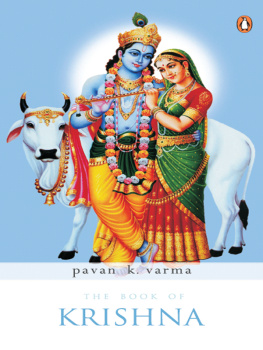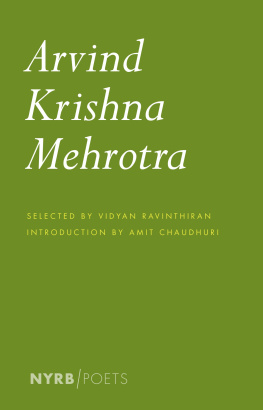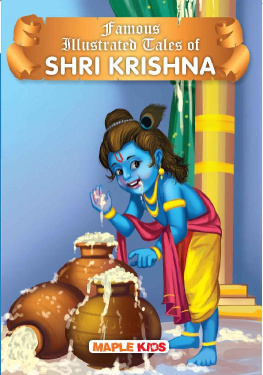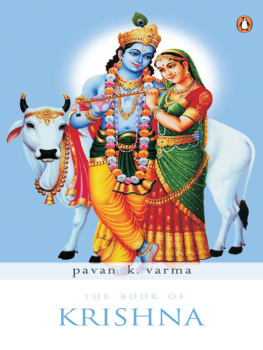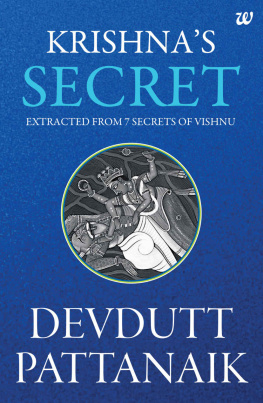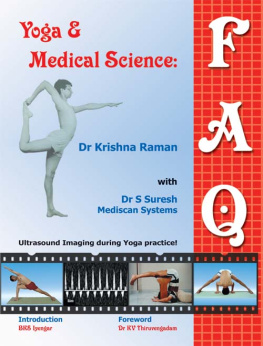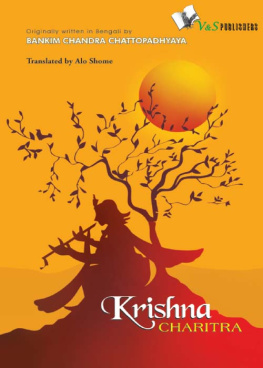RESHAPING ART
Also by T. M. Krishna
A Southern Music: The Karnatik Story
ALEPH BOOK COMPANY
An independent publishing firm
promoted by Rupa Publications India
First published in India in 2018
by Aleph Book Company
7/16 Ansari Road, Daryaganj
New Delhi 110 002
Copyright T. M. Krishna 2018
All rights reserved.
The author has asserted his moral rights.
The views and opinions expressed in this book are the authors own and the facts are as reported by him, which have been verified to the extent possible, and the publishers are not in any way liable for the same.
No part of this publication may be reproduced, transmitted, or stored in a retrieval system, in any form or by any means, without permission in writing from Aleph Book Company.
ISBN: 978-93-86021-97-7
1 3 5 7 9 10 8 6 4 2
To
the memory of
T. M. Rangachary,
my father,
who would have reflected upon and
debated every word with me
CONTENTS
ONE
THE ESSENCE OF ART
A rt is freedom, abandon, beauty, catharsis. And it is an embrace.
Captured in its sound, design, colour, movement and space, we rejoice in that starlight. When we invest every bit of ourselves in its experience, art allows us to instinctively travel within intangible, unambiguous sensuality. And when it envelops us, it can be all-consuming.
Appearing on our sensory horizon, great art can instantaneously shift perceptions and perspectives. A tune, an image from a poem, a mural or the frozen moment in a moving picture remains with us, enriching our lives long after that instant has passed. I recollect art memories from the book of my life: the moonlit boat song from the Tamil film Nayagan , the moment when little Apu runs through the thicket in Pather Panchali , the fiery moving stillness of Rembrandts Night Watch or the delicate dance in stories painted on the inner walls of the Brihadisvara temple in Thanjavur.
Art searches and reaches our self even when we do not consciously seek it. Like the conductors swaying wand, it hypnotises us and pulls us into its web. We draw pleasure, happiness, empathy and humanity from art. Yet we do not seem to have a concrete answer to why the arts exist beyond superfluous explanations such as art is a healer, a balm or stress buster. Maybe we shouldnt attempt to comprehend it and just let art be what it is.
The term art is used in so many contexts that almost any action that gives us sensory pleasure is deemed to be a work of art. Cooking, making love and gardening are often described as arts. However, it is necessary to understand art in a more detailed and specific manner. While many human acts can be beautiful, pleasurable and can fulfil sensory needs, they do not fall into the category of art forms. Some people walk with grace and present themselves with finesse. This requires a great deal of care and taste. While their appearance might be pleasing and most likely result in us gravitating towards them, they cant be considered art objects.
There is one more essential element that leads us to use the term art for many human actions: the inexplicable difference in the end result when two people use exactly the same empirically valued components to create something. Cooking is a great example. With identical ingredients, one chefs dish is spectacular but anothers is just above average. Even the same chef cannot recreate the exact taste every day. In Tamil, we use the term kai manam (fragrance of the hand) to explain these discrepancies in culinary skills. We are told that some have it and others just dont. This is considered similar to the not-so-common ability to sing, paint or sculpt. Hence, the intellectual crossover equating the two is but natural. Let me say here that one who paints, sings or dances is not necessarily creating art nor is he/she an artist. Acquiring and executing techniques of human expression does not in itself bestow art-ness on their work.
That said, it is this mysterious ambiguitythe immeasurable diversity between people, times and placesthat leads us to believe cooking is an art. Today, visual presentation has become such an important aspect of cooking that we have to add that into the mix, too. There is no doubt that each persons individualistic sense of measure, balance, taste and specificity play a role in the end product. This is a serious and fine talent, an ability to understand and feel taste from sight, colour, non-empirical measuring, texture, consistency and scent. But is this art? That it is not. It remains a unique ability. Cooking comes from a direct human need for survival. To this necessity, we have added emotional coefficients that are derived from taste and visual appeal. One could say that cooking and many such human activities are art-like since they have some semblance to art. And yet any human act that we deem beautiful, rare and emotionally satiating is not art. There is something more to the character of art.
Art is not an accident; it does not happen by mistake. It is a deliberate, conscious act of creating an art object; it is a willed human endeavour. Art does not depend on a general acceptance of attractiveness. In fact, subjective notions of beauty are entirely secondary to the act of art creation.
Art probably began from humankinds need to map or record life as a survival strategy. Much like animals, early humans also discovered that they could use their limbs and voices to interact with their surroundings and make markings and sounds. But soon these tools became something more than record books or sonic appeals. Somehow the human mind discovered within itself the capacity to extract essence from life and reimagine, recreate and curate that spirit in the form of shape, sound, colour and space. What was vital was that the nub of life was preserved in art creation. The real world around and the experiences felt within provided the inspiration. From the never-ending flurry of images, sounds and events, some individuals began distilling moments, movements, tonal combinations and shifts in light and space. What were they distilling: literal shapes, colour and sound? They were securing within art the emotionality of nature through the soliloquy of a creative meditation.
These processes, for want of a better word, had a deep impact on the emotional nature of humans. From this arose imagination and, from its overflow, the unbridled desire to create things that allowed us to be in touch with that spirit. Imagining possibilities from all that existed and beyond what they saw, heard and felt, they created objects of art. Playing with colours, space, shape, materials, tones and rhythms, humankind entered an entirely new area of emotional enquiry. Art was mystical, its conjuring evoked an untapped experience, almost a magic trick. I say almost because the intention of this magic was not to trick someone into believing but to draw them into experiencing. At times, the impact of such art could become more powerful than the original inspiration from the real world. Art does not copy life; it encapsulates the essence of life.







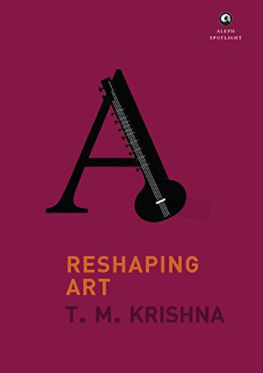

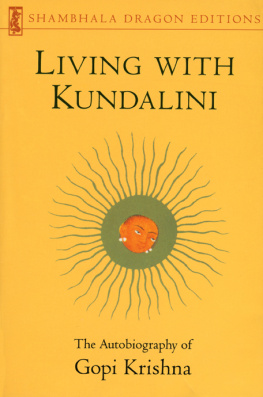
![Krishna Dharma - Mahabharata: [the greatest spiritual epic of all time]](/uploads/posts/book/213378/thumbs/krishna-dharma-mahabharata-the-greatest.jpg)


